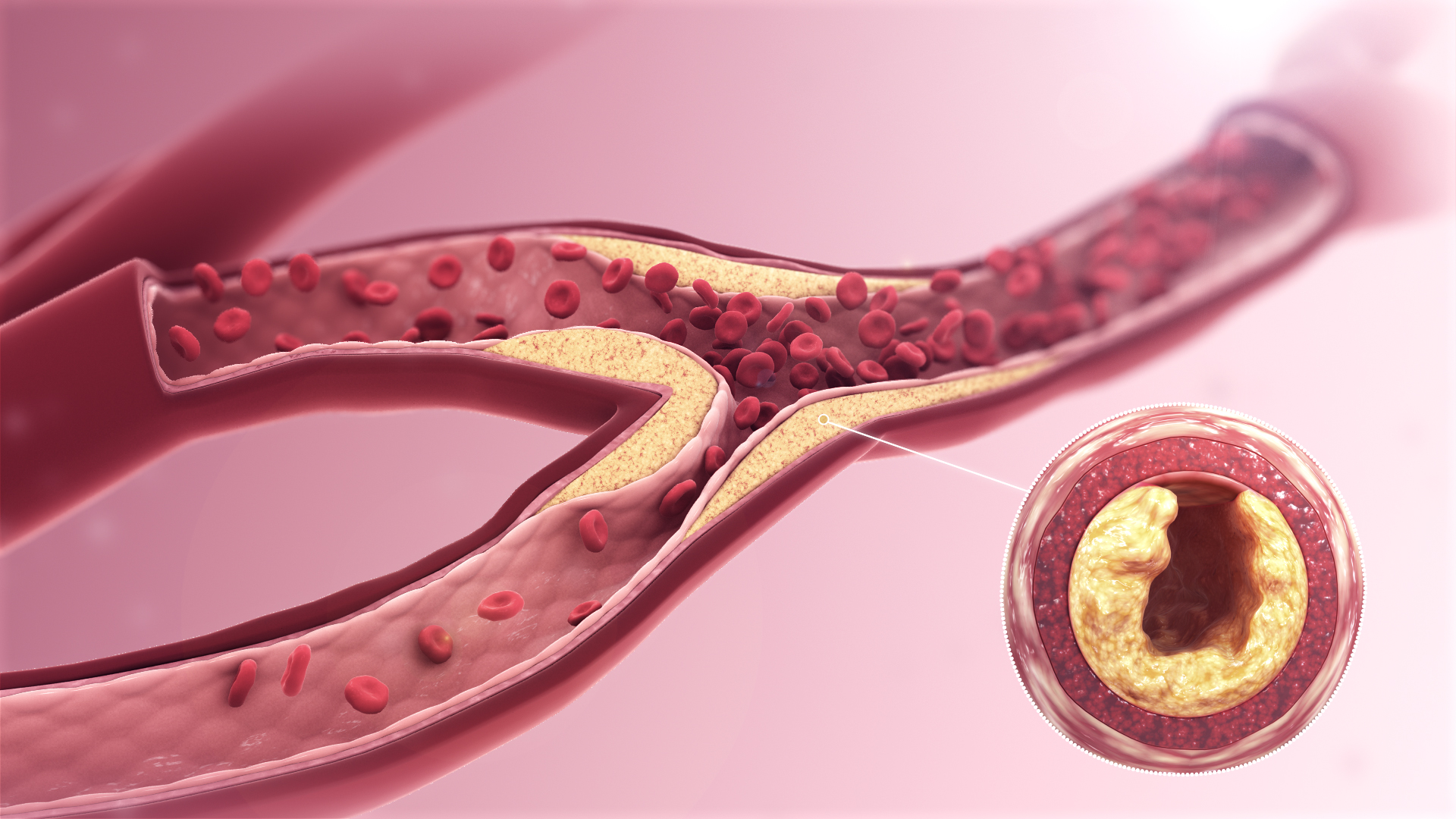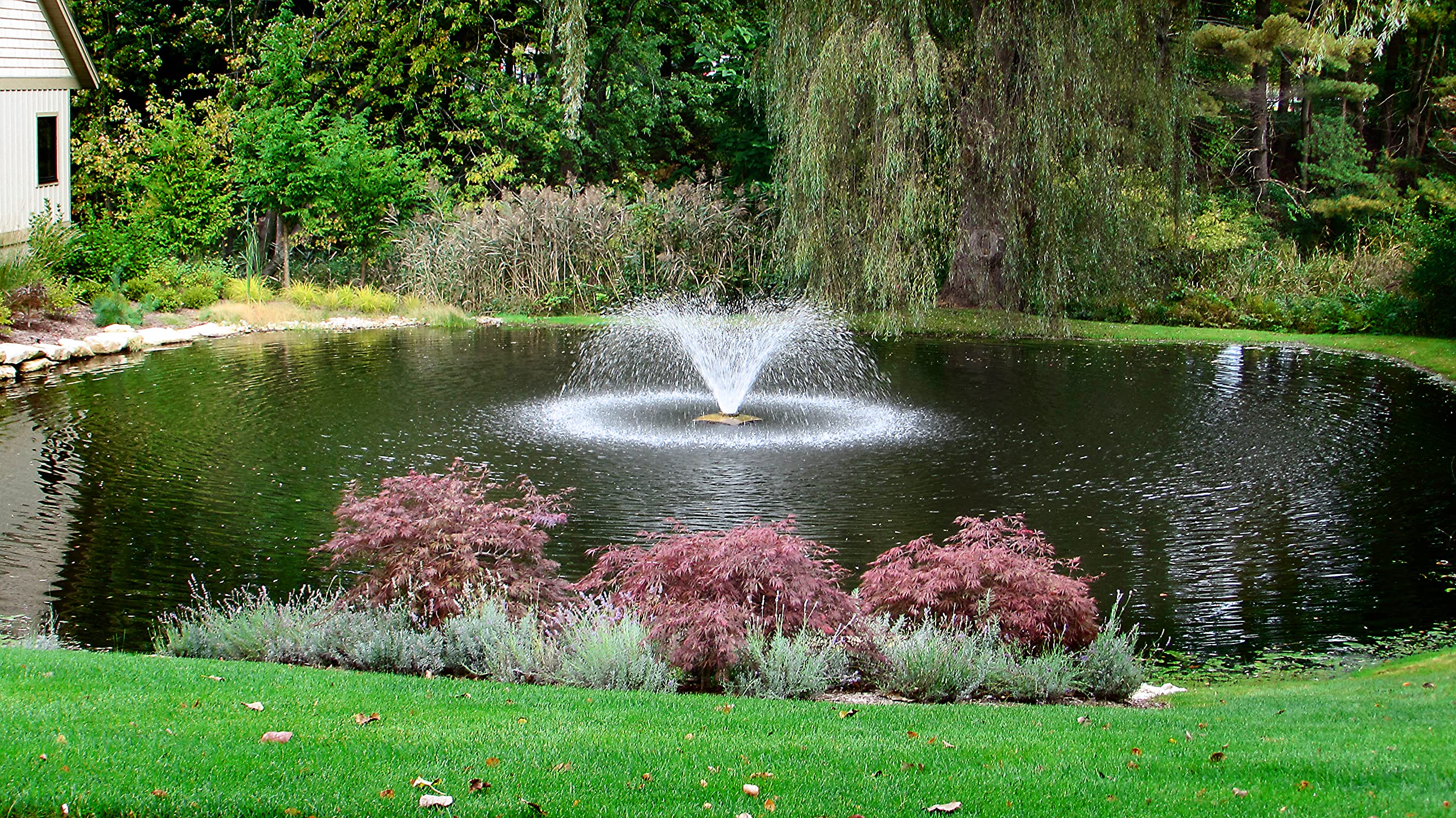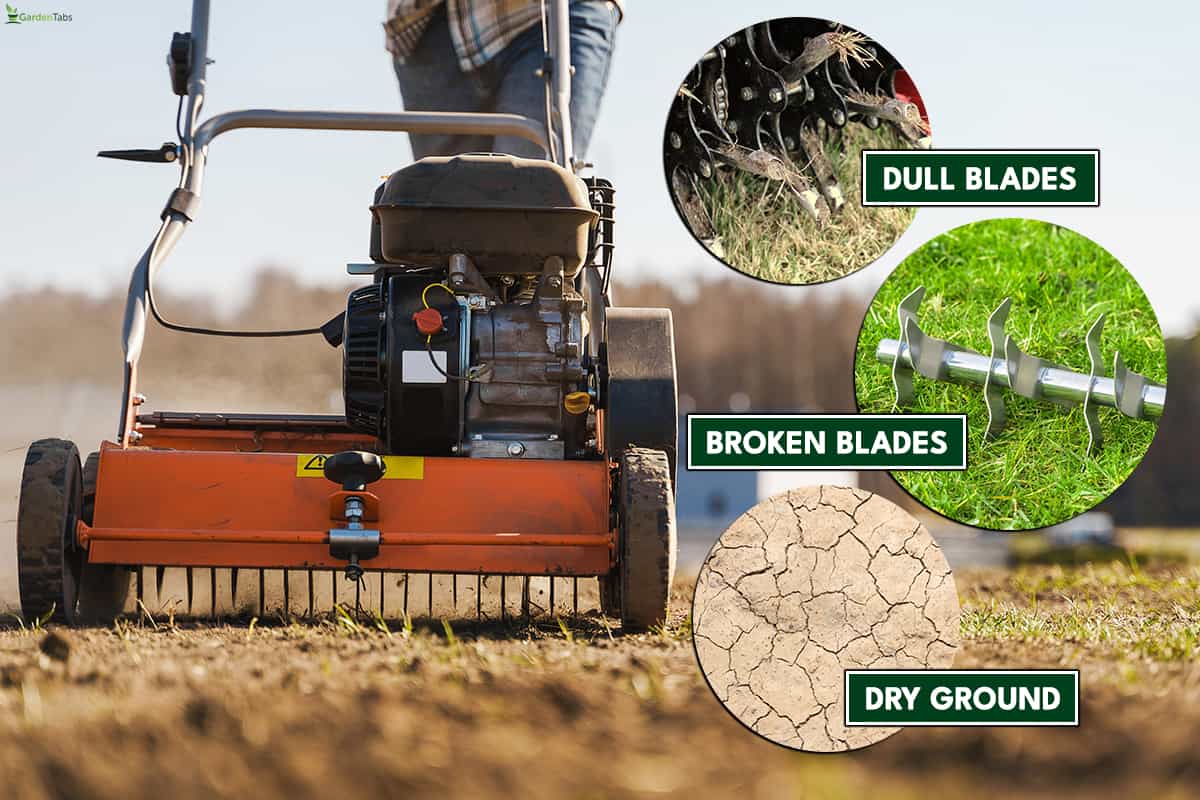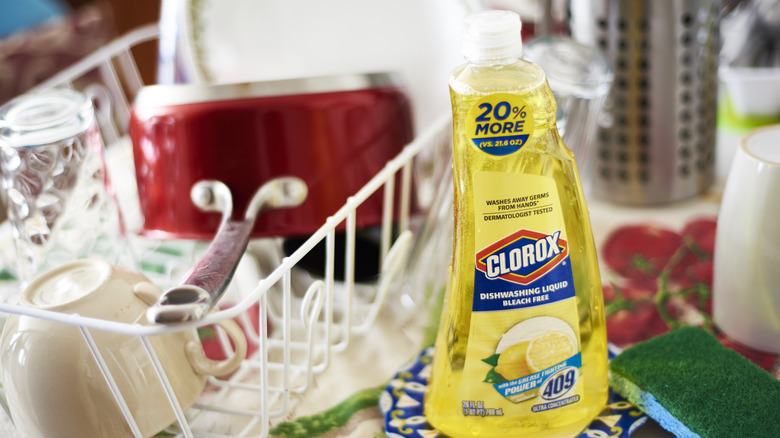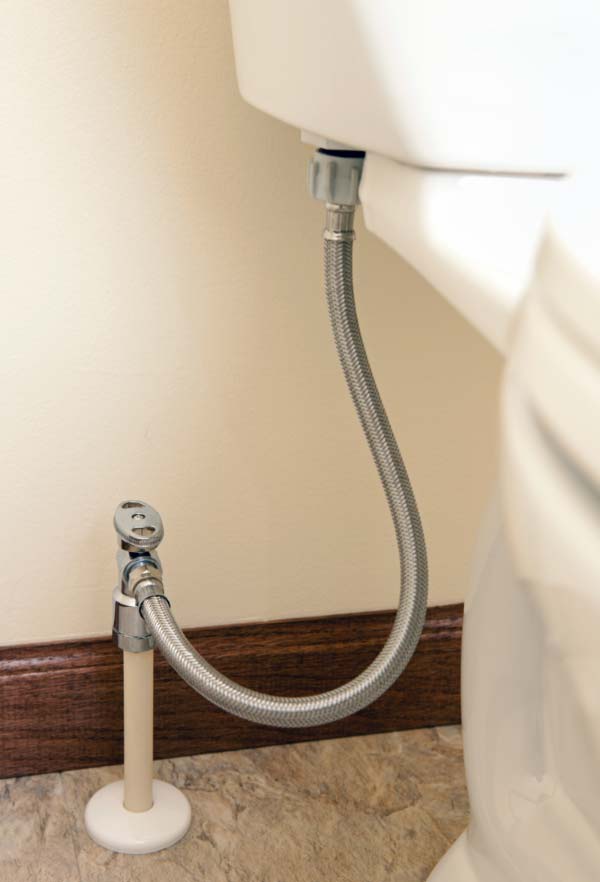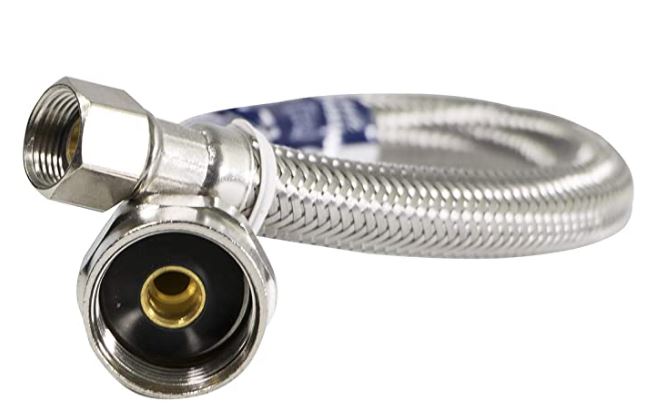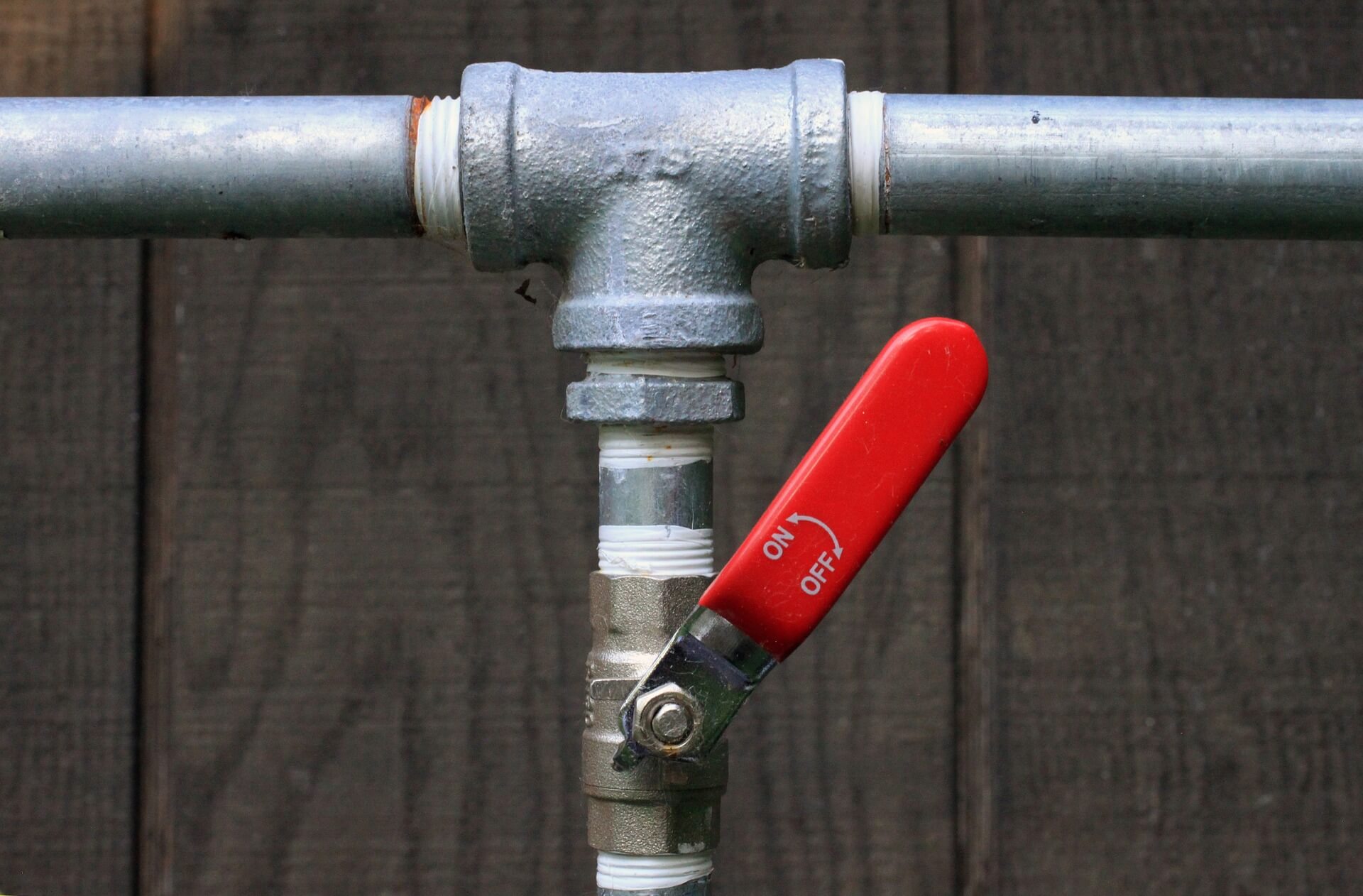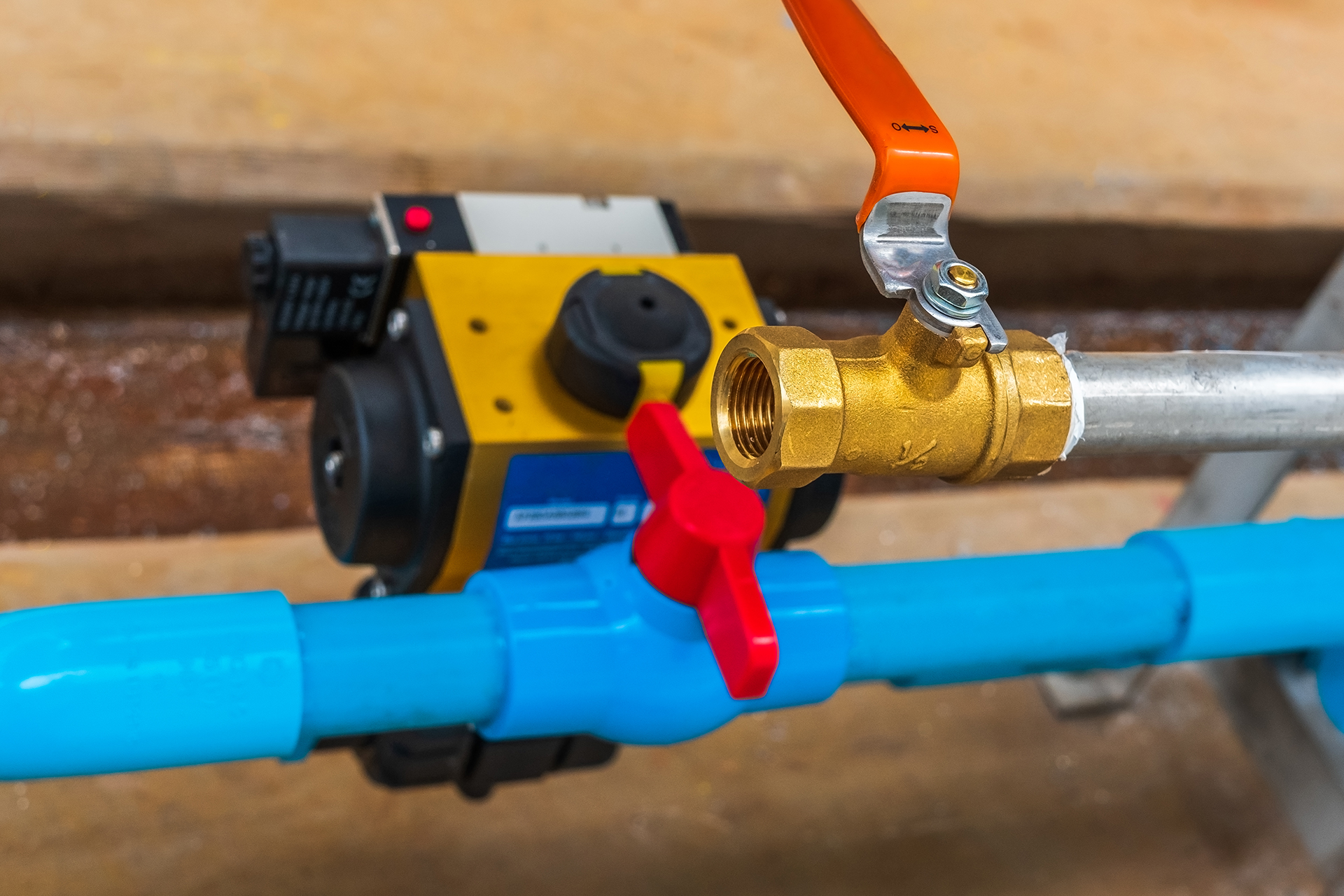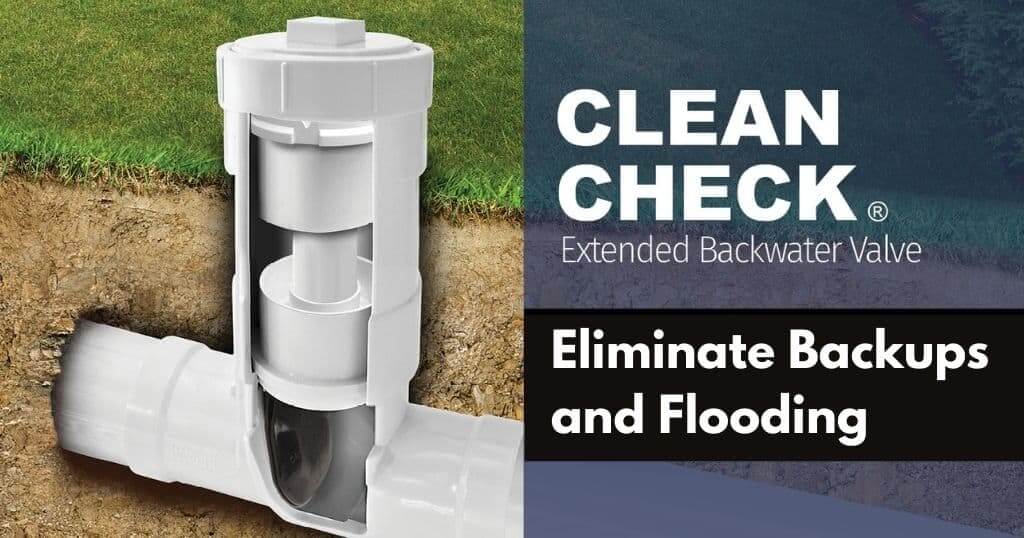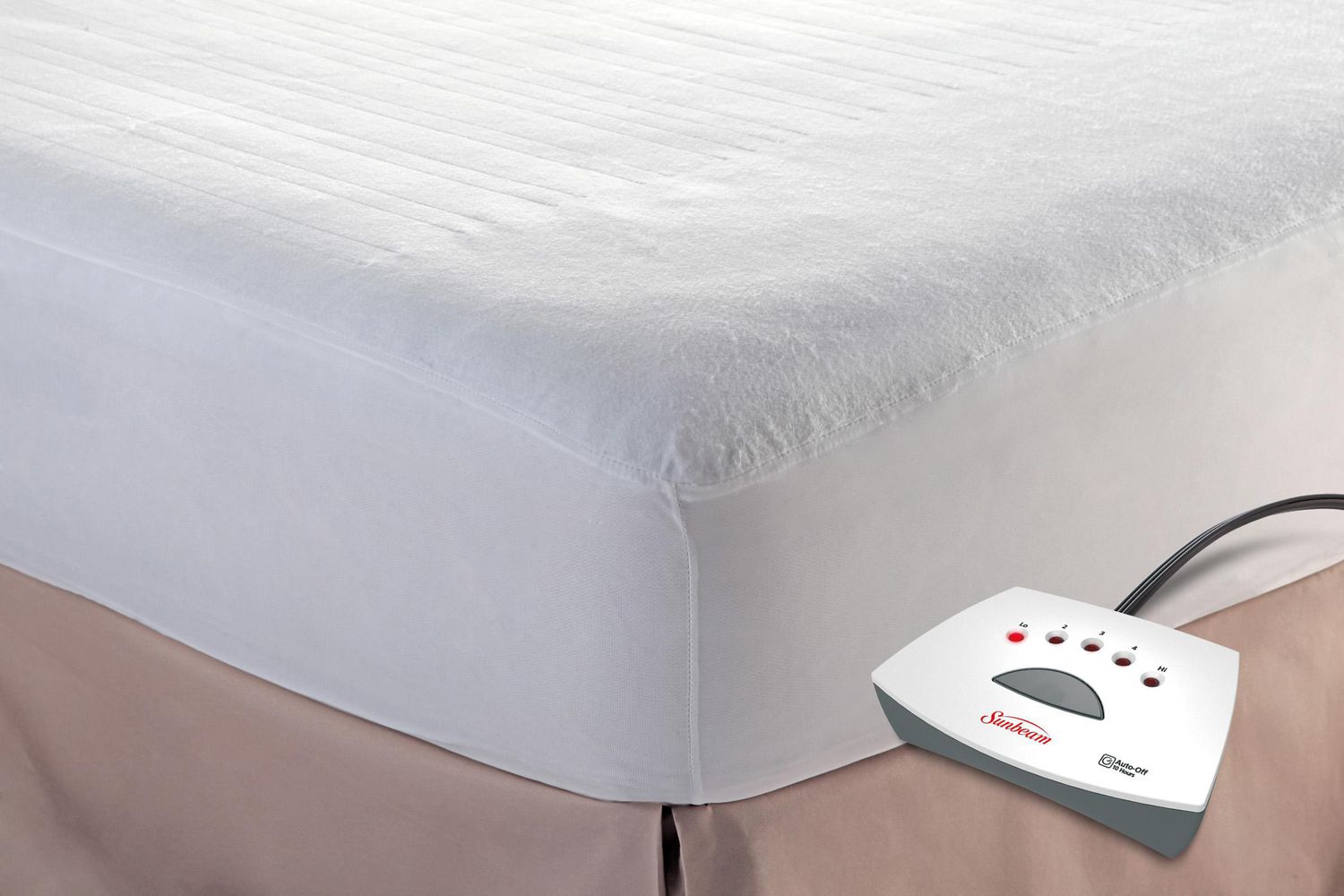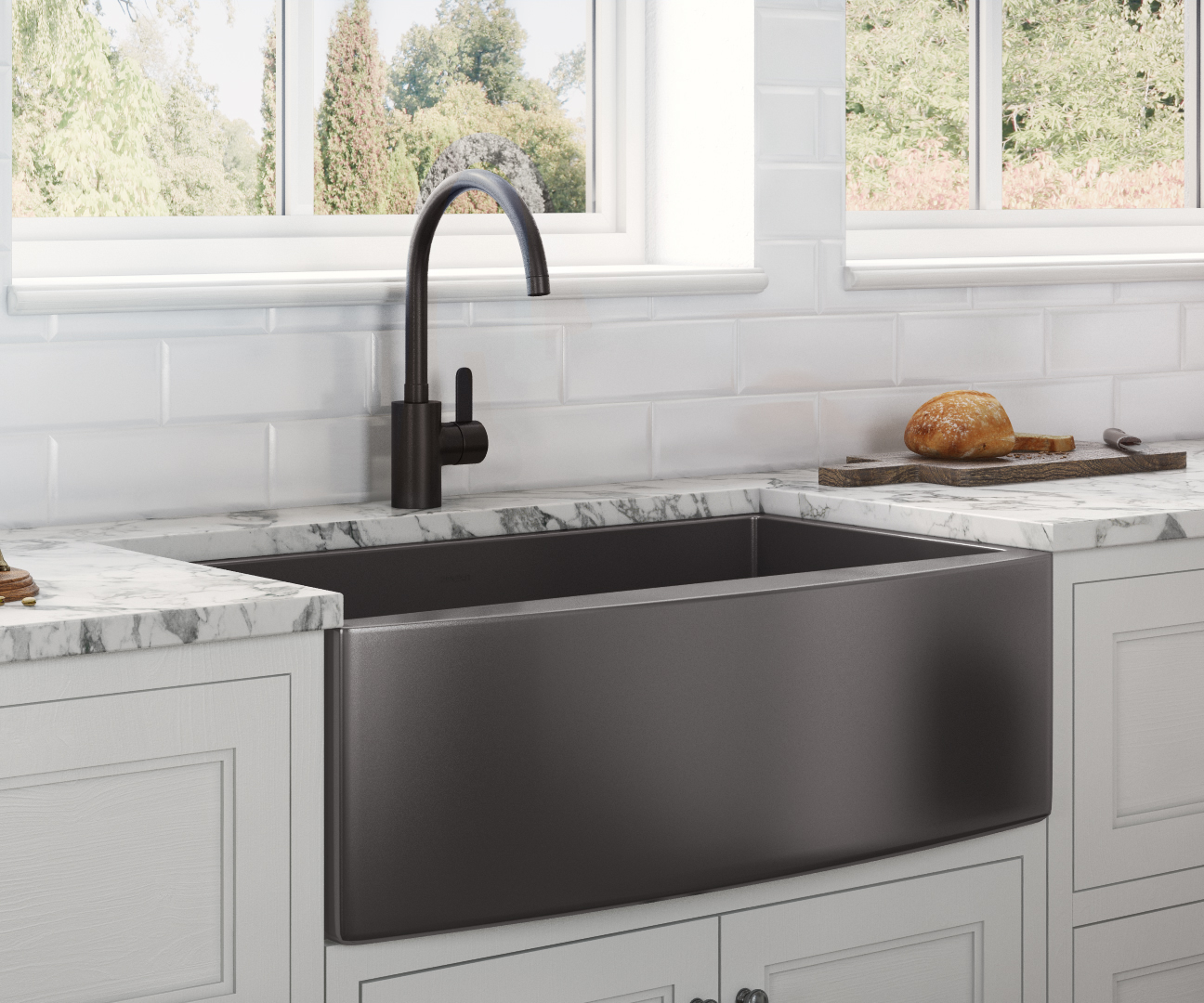If you suddenly find that the water pressure at your kitchen sink has dropped significantly, the first thing you should do is check the aerator. The aerator is a small device attached to the end of your faucet that helps regulate the flow of water. Over time, it can become clogged with mineral deposits or debris, causing a decrease in water pressure. To check the aerator, simply unscrew it from the faucet and clean it thoroughly with a mixture of water and vinegar. This should help restore the water pressure to your kitchen sink.Check the aerator
If cleaning the aerator doesn't solve the issue, the next step is to check the water supply. Make sure that the main water valve is fully open and that there are no issues with the municipal water supply. If you have a private well, check to see if the pump is functioning properly and if there are any clogs or issues with the water filtration system. Low water pressure can also be caused by a water main break or construction in your area, so it's always a good idea to check with your local water company to see if there are any known issues.Check the water supply
If the water supply seems to be working properly, the next step is to check the shut-off valve. This valve is usually located under the sink and controls the flow of water to your kitchen faucet. Make sure that it is fully open and not partially closed, which can cause a decrease in water pressure. If the shut-off valve is old or faulty, it may need to be replaced to restore proper water pressure.Check the shut-off valve
A common cause of sudden low water pressure is a leak in the pipes. Check the pipes under your sink for any visible signs of leakage, such as puddles or water stains. You should also check the pipes leading to your kitchen sink from the main water supply. If you find a leak, it's important to get it fixed as soon as possible to prevent further damage and restore water pressure.Check the pipes for leaks
Some homes have a water pressure regulator, which helps maintain a consistent water pressure throughout the house. If this device is malfunctioning or needs to be adjusted, it can cause low water pressure at your kitchen sink. To check the water pressure regulator, you may need to call a professional plumber to ensure it is working properly.Check the water pressure regulator
If the water pressure is only low at your kitchen sink and not throughout the house, the issue may be with the faucet itself. Over time, debris and mineral deposits can build up in the faucet, causing clogs and decreasing water pressure. Take apart the faucet and clean it thoroughly to remove any clogs or buildup. If the issue persists, you may need to replace the faucet altogether.Check for clogs in the faucet
In addition to checking for leaks, it's also important to check the pipes for any clogs or blockages. Over time, debris and mineral deposits can build up in the pipes, causing a decrease in water pressure. You can try using a plunger or a drain cleaning solution to remove any clogs. If these methods don't work, it's best to call a plumber to professionally clear the pipes.Check for clogs in the pipes
If you have already cleaned the aerator and are still experiencing low water pressure, it's possible that there is a clog in the aerator itself. Take it apart and clean it thoroughly to remove any buildup. If the aerator is damaged or worn out, it may need to be replaced to restore proper water pressure.Check for clogs in the aerator
In some cases, the issue may not be with your kitchen sink or faucet, but with the water supply line itself. If there is a blockage or clog in the supply line, it can cause low water pressure. If you suspect this to be the issue, it's best to call a professional plumber to clear the supply line and restore proper water pressure.Check for clogs in the water supply line
If all else fails, it's possible that the shut-off valve itself is clogged or damaged. Check to see if there is any debris or buildup preventing it from fully opening. If so, clean it thoroughly and try again. If the valve is faulty, it may need to be replaced to restore proper water pressure.Check for clogs in the shut-off valve
Solving the Mystery of a Sudden Loss of Water Pressure at Your Kitchen Sink

Understanding Your House's Plumbing System
 When it comes to house design, the plumbing system is often overlooked. However, it plays a crucial role in our daily lives, providing us with clean water for cooking, cleaning, and bathing. The main water line enters your house and branches out to different fixtures, including your kitchen sink. The plumbing system is a complex network of pipes, valves, and fixtures, and any issue in one area can affect the entire system.
When it comes to house design, the plumbing system is often overlooked. However, it plays a crucial role in our daily lives, providing us with clean water for cooking, cleaning, and bathing. The main water line enters your house and branches out to different fixtures, including your kitchen sink. The plumbing system is a complex network of pipes, valves, and fixtures, and any issue in one area can affect the entire system.
Identifying the Cause of the Problem
 If you suddenly experience a loss of water pressure at your kitchen sink, the first step is to identify the cause of the problem. Is it a problem with just the kitchen sink or all the fixtures in your house? If it's only the kitchen sink, then the issue is most likely localized to that area. It could be a clogged aerator, a faulty valve, or a leak in the pipes. If it's all the fixtures, then the problem is likely with the main water line or the pressure regulator.
If you suddenly experience a loss of water pressure at your kitchen sink, the first step is to identify the cause of the problem. Is it a problem with just the kitchen sink or all the fixtures in your house? If it's only the kitchen sink, then the issue is most likely localized to that area. It could be a clogged aerator, a faulty valve, or a leak in the pipes. If it's all the fixtures, then the problem is likely with the main water line or the pressure regulator.
Inspecting and Troubleshooting
 Once you have identified the affected area, it's time to inspect and troubleshoot the issue. Start by checking the aerator on your kitchen sink. A buildup of sediment or debris can cause a blockage, resulting in low water pressure. If the aerator is clean, then check the shut-off valve under your kitchen sink. Make sure it is fully open. If it's partially closed, it can restrict the water flow.
If the problem persists, it's time to check for any leaks in the pipes. A leak can reduce the water pressure, and if left unaddressed, can lead to more significant issues. You can also try adjusting the pressure regulator if you have one. It is usually located near the main water line and can be adjusted with a wrench to increase or decrease the water pressure.
Once you have identified the affected area, it's time to inspect and troubleshoot the issue. Start by checking the aerator on your kitchen sink. A buildup of sediment or debris can cause a blockage, resulting in low water pressure. If the aerator is clean, then check the shut-off valve under your kitchen sink. Make sure it is fully open. If it's partially closed, it can restrict the water flow.
If the problem persists, it's time to check for any leaks in the pipes. A leak can reduce the water pressure, and if left unaddressed, can lead to more significant issues. You can also try adjusting the pressure regulator if you have one. It is usually located near the main water line and can be adjusted with a wrench to increase or decrease the water pressure.
Calling in the Professionals
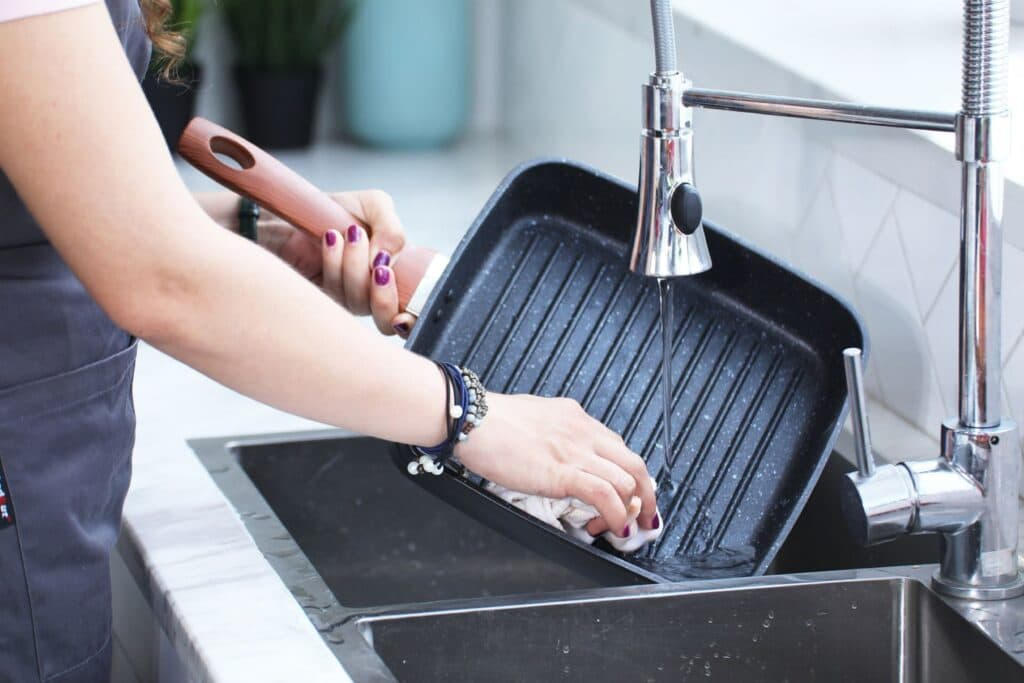 If you still can't identify the cause of the sudden loss of water pressure at your kitchen sink, it's best to call in a professional plumber. They have the expertise and equipment to diagnose and fix any plumbing issues. They can also perform a thorough inspection of your entire plumbing system to ensure there are no other underlying issues.
In conclusion, a sudden loss of water pressure at your kitchen sink can be frustrating and disruptive. However, by understanding your house's plumbing system and knowing how to troubleshoot the issue, you can quickly identify and fix the problem. And if all else fails, don't hesitate to call in the professionals for a thorough and lasting solution.
If you still can't identify the cause of the sudden loss of water pressure at your kitchen sink, it's best to call in a professional plumber. They have the expertise and equipment to diagnose and fix any plumbing issues. They can also perform a thorough inspection of your entire plumbing system to ensure there are no other underlying issues.
In conclusion, a sudden loss of water pressure at your kitchen sink can be frustrating and disruptive. However, by understanding your house's plumbing system and knowing how to troubleshoot the issue, you can quickly identify and fix the problem. And if all else fails, don't hesitate to call in the professionals for a thorough and lasting solution.


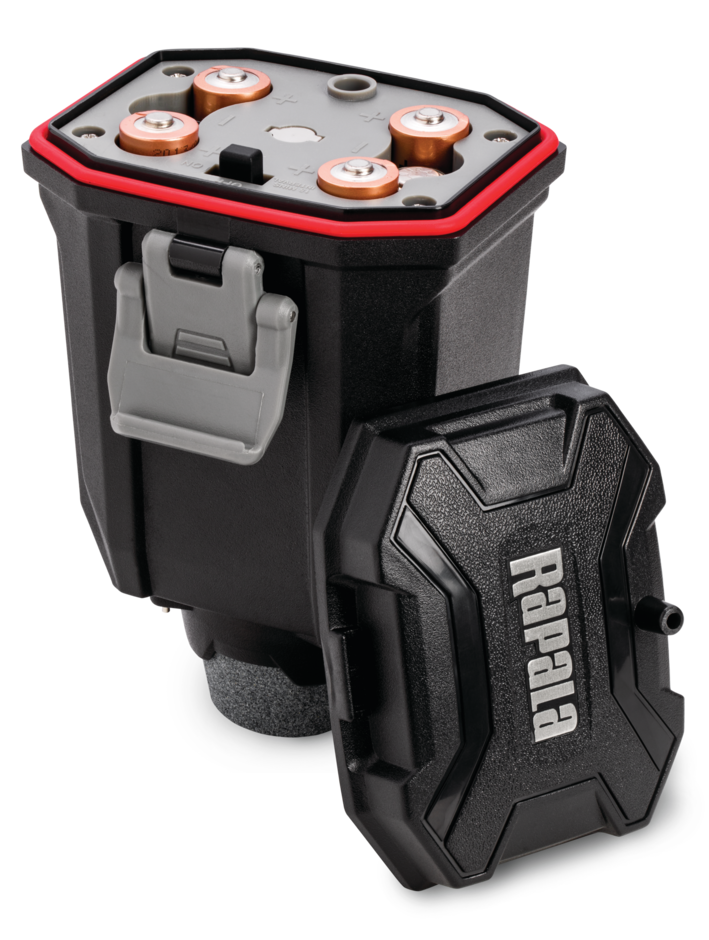







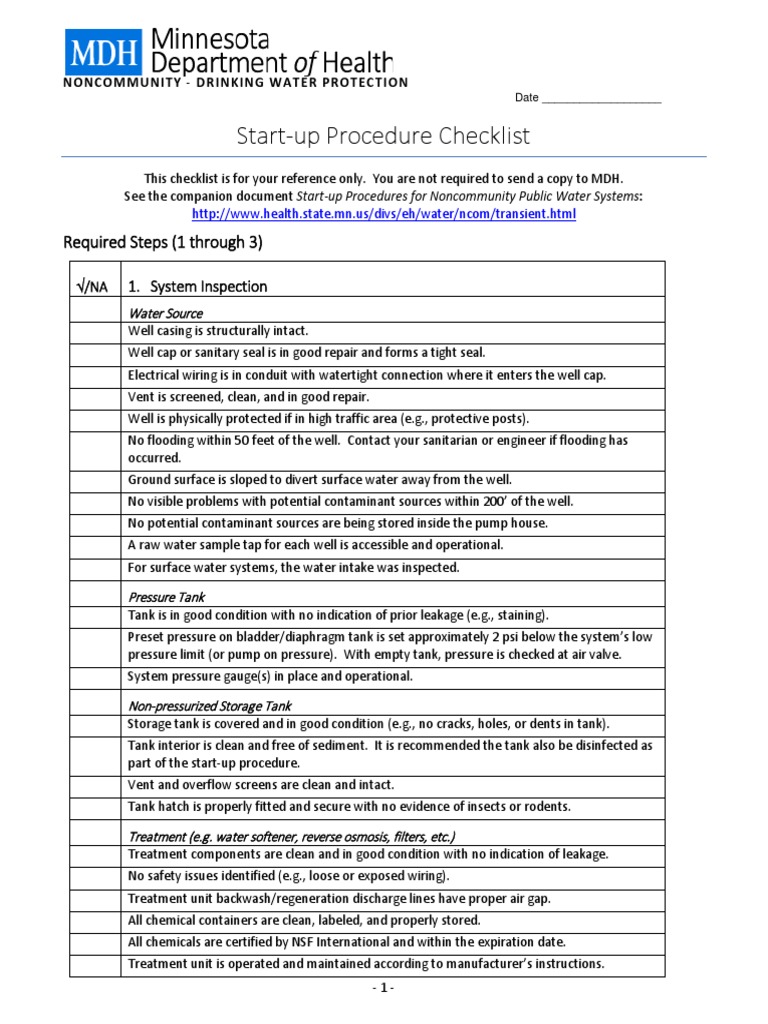


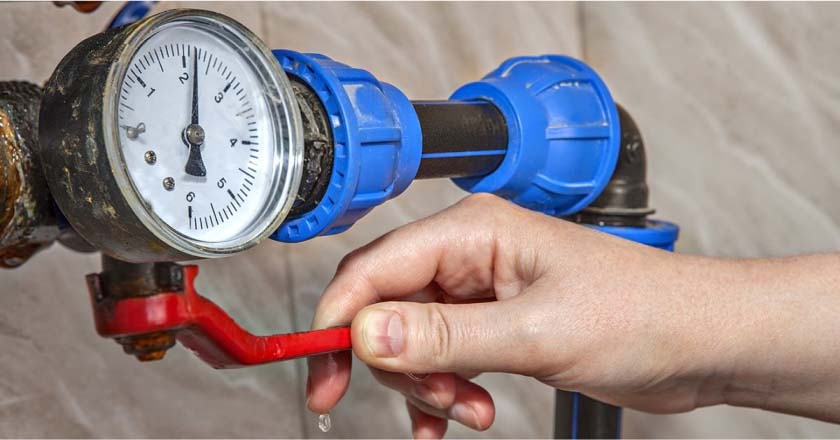
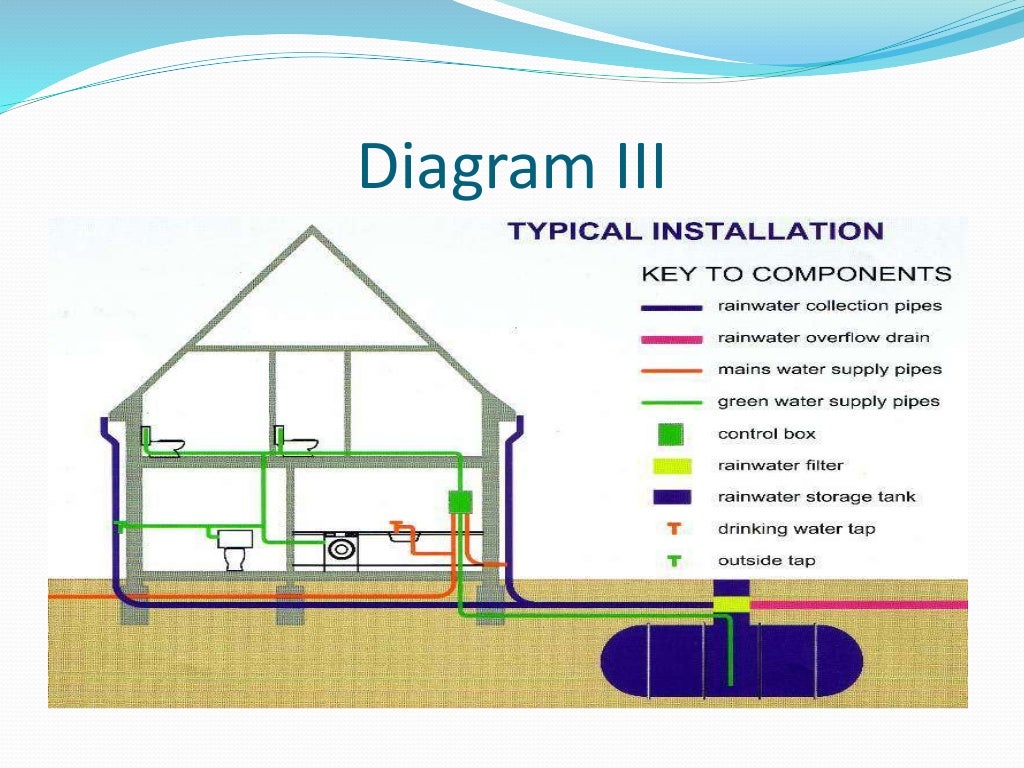


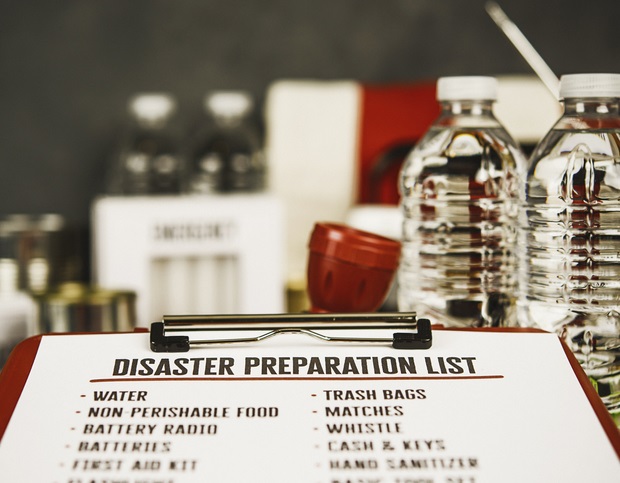


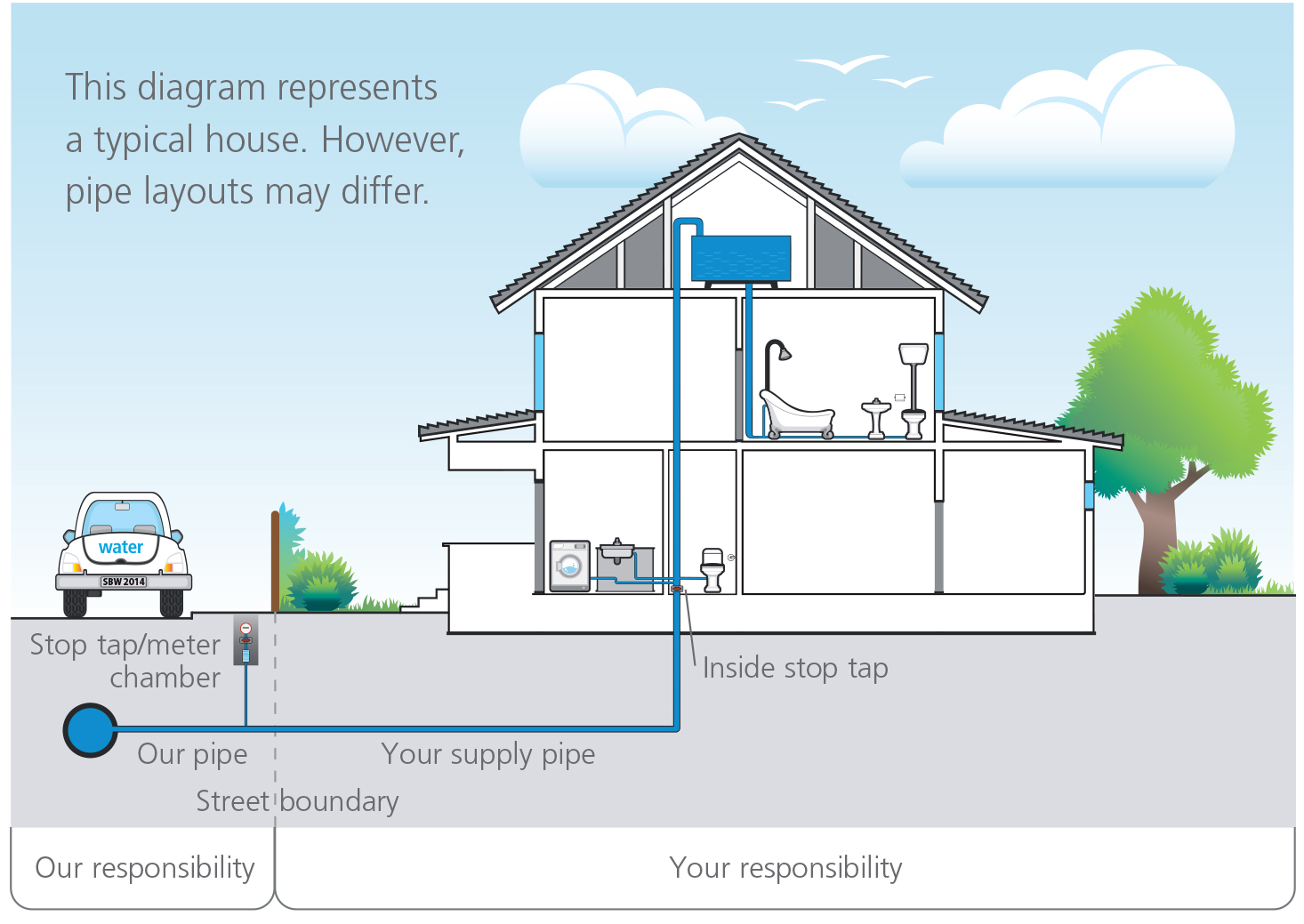
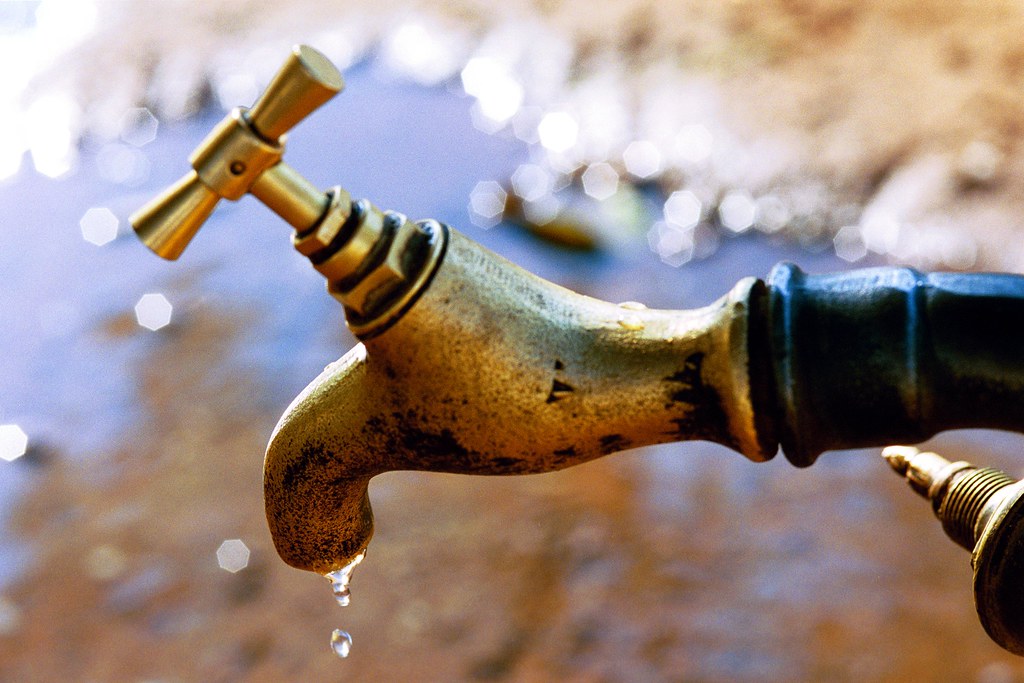


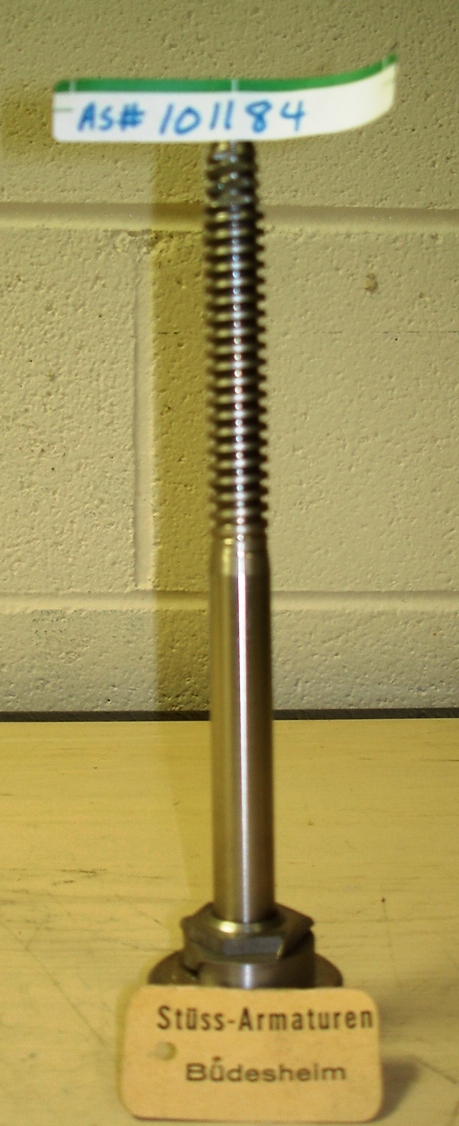

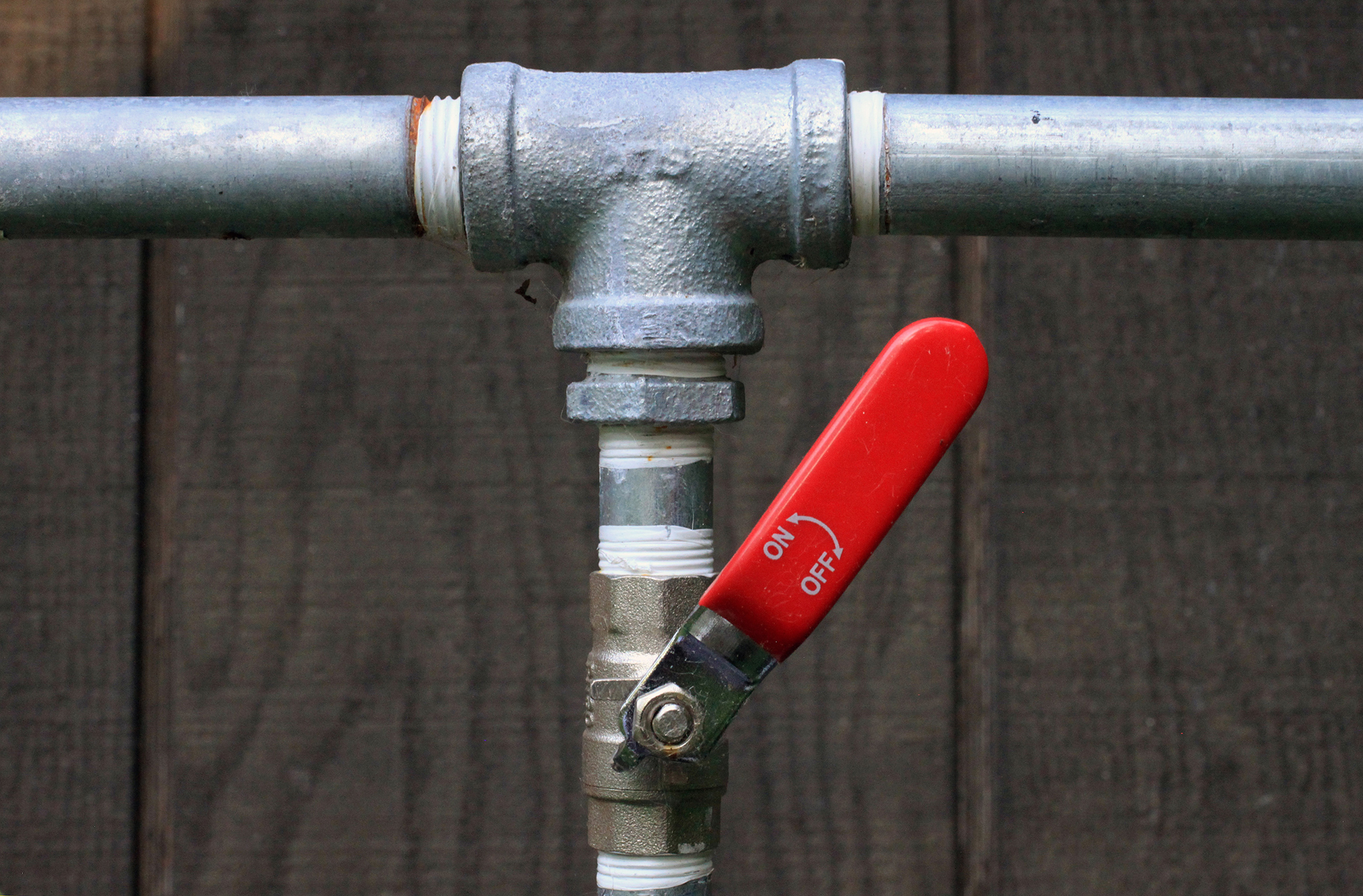


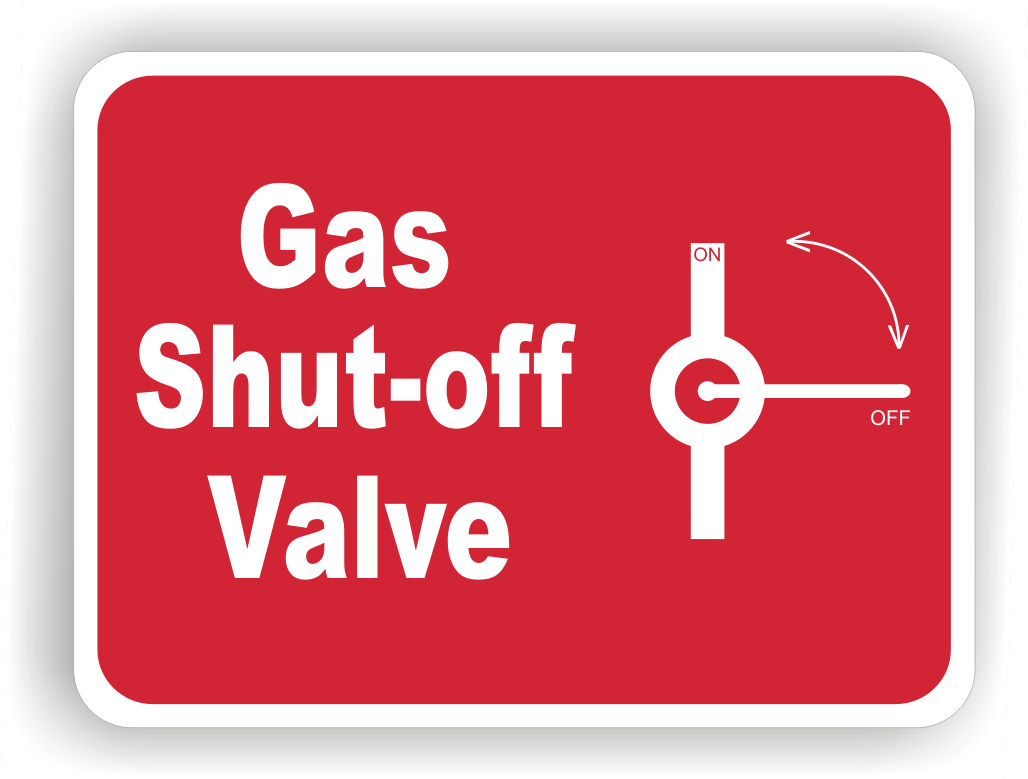

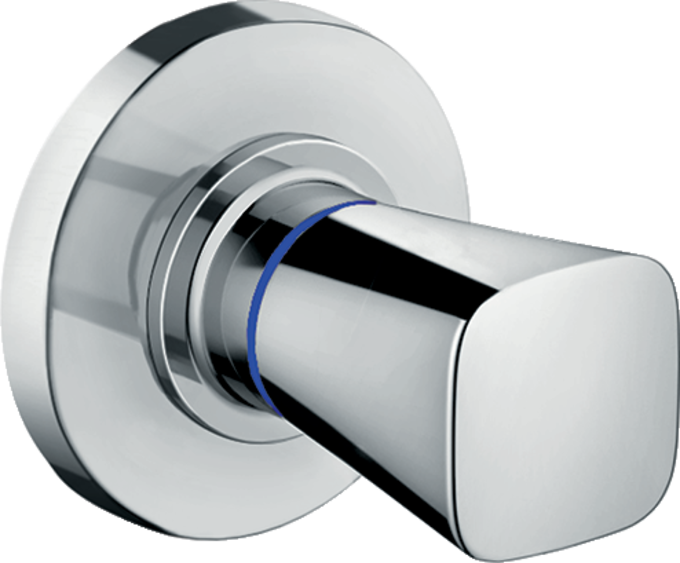
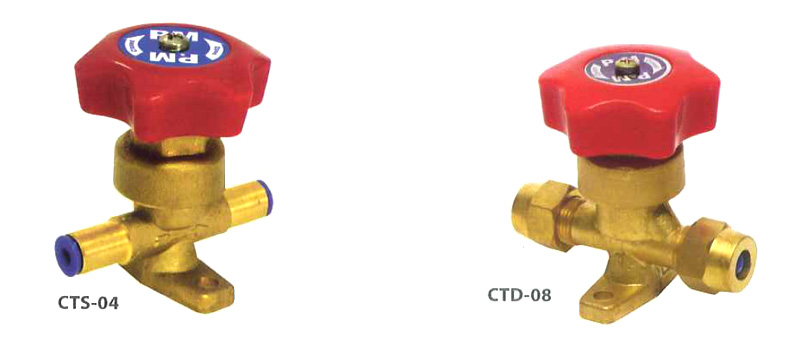

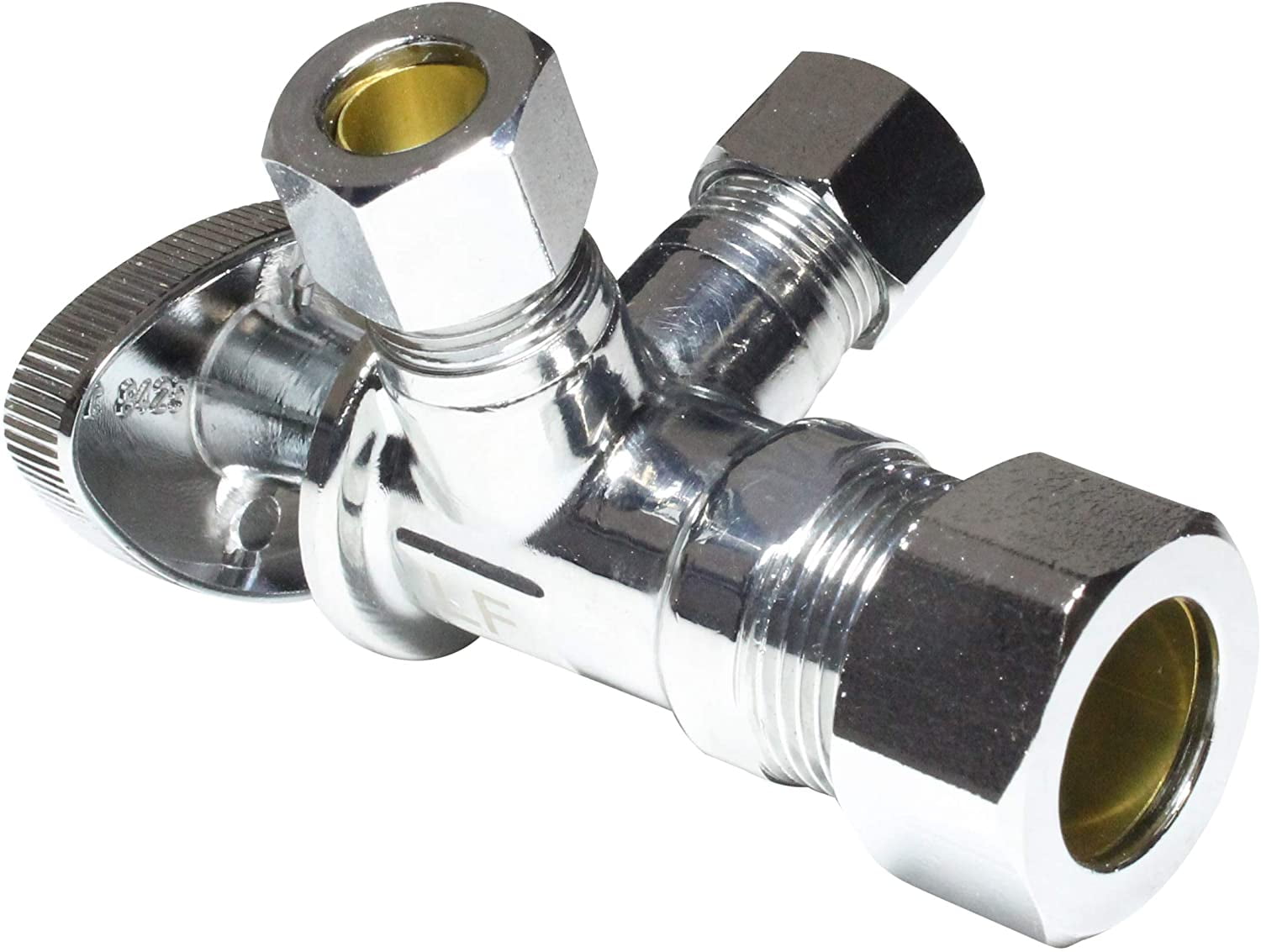




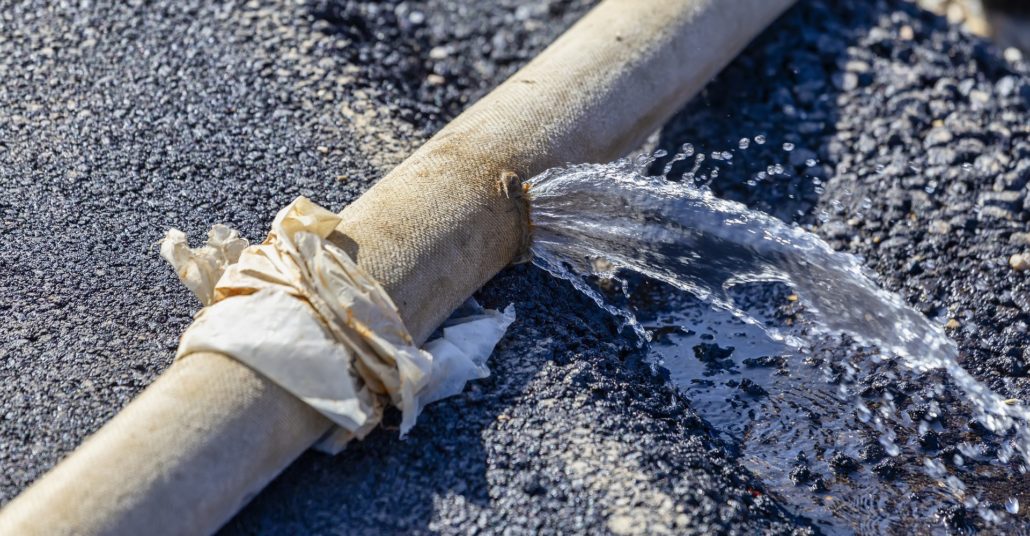

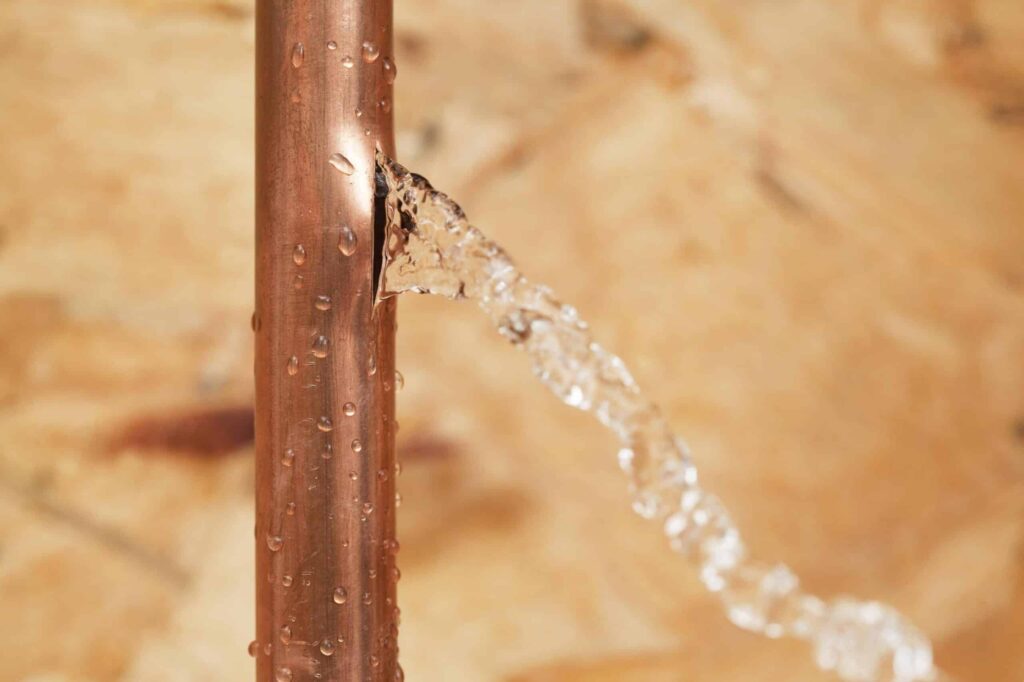




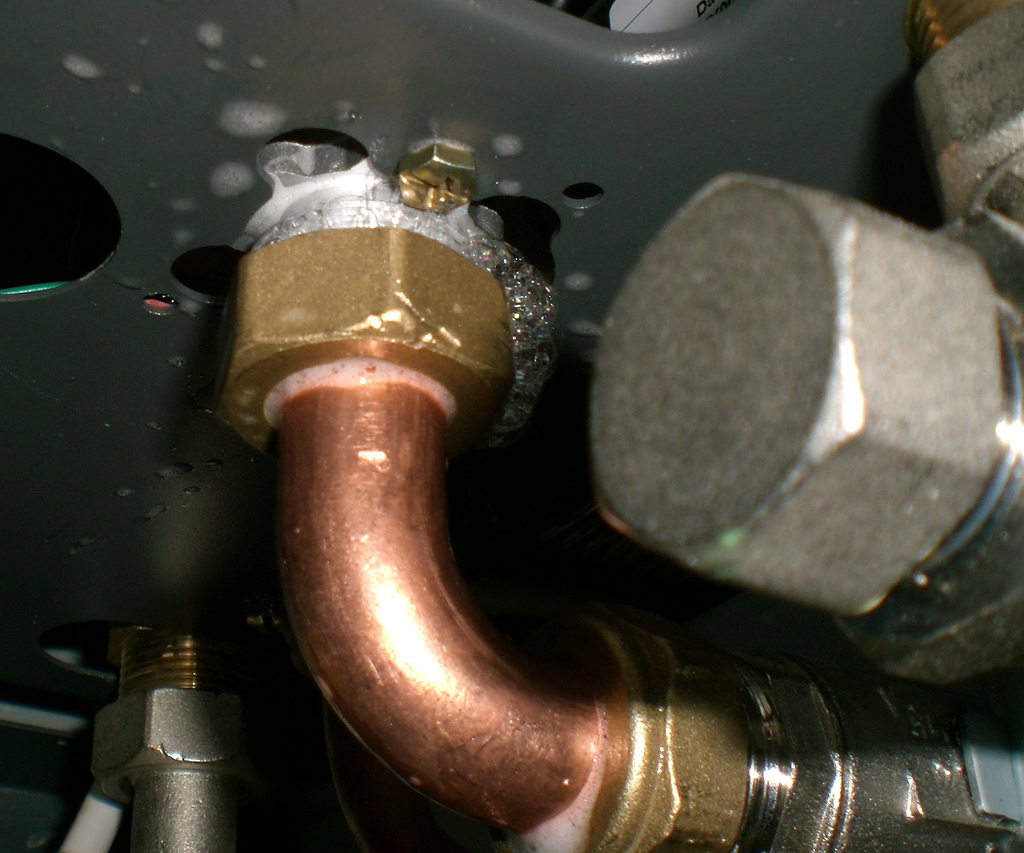



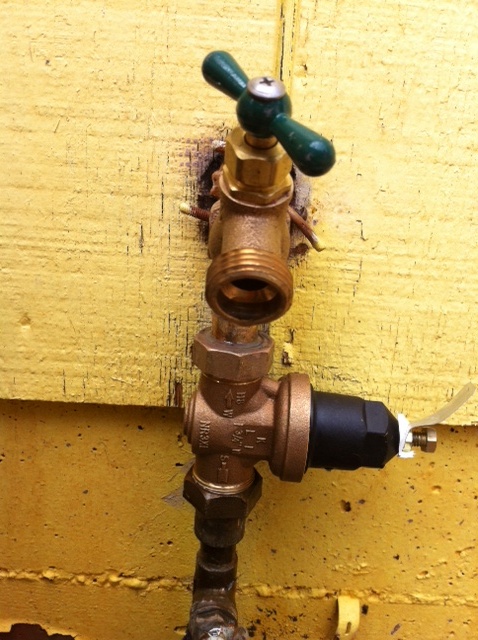
:max_bytes(150000):strip_icc()/the-men-s-hand-opens-the-ball-valve-on-the-collector-1006810456-5c5fc73fc9e77c000159c4af.jpg)







:max_bytes(150000):strip_icc()/testing-water-pressure-in-your-home-2718692-04-c37ab3236d0d4b61b87079ebf9ef823e.jpg)

















